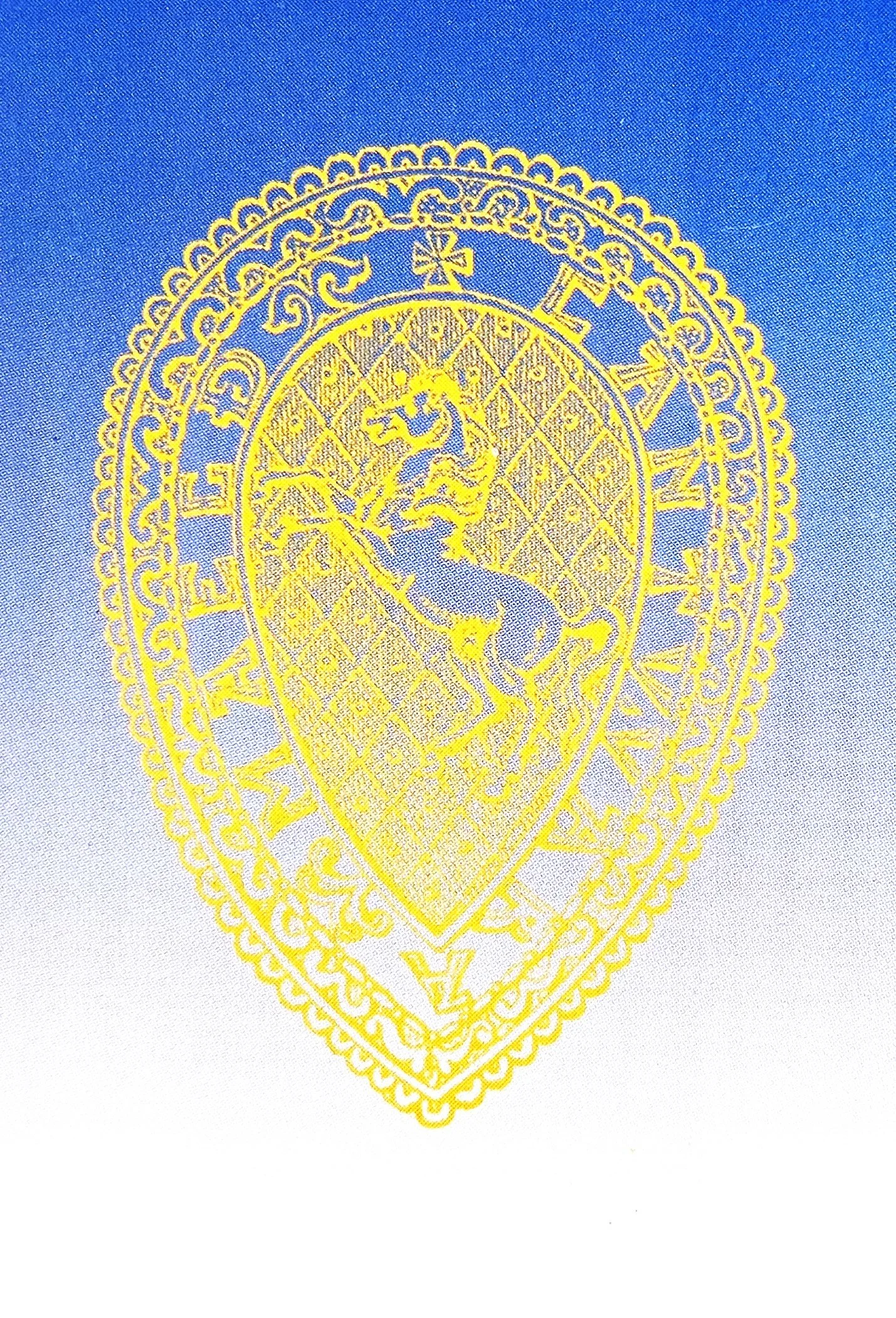
KAS Newsletter, Issue 55, Winter 2002/3
Contributions to the next issue are welcome. See the guidance for contributors and contact Editor Craig Campbell.
Search page
Search within this page here, search the collection page or search the website.
Paul Ashbee, MA. D.Litt, FSA, FRSAI
New Books
, 2002, KAS Newsletter, Issue 55 (Spring 2002/3). Maidstone: Kent Archaeological Society.
KAS Newsletter, Issue 55 (Spring 2002/3). Maidstone: Kent Archaeological Society.
KAS Newsletter, Issue 55 (Spring 2002/3). Maidstone: Kent Archaeological Society.
KAS Newsletter, Issue 55 (Spring 2002/3). Maidstone: Kent Archaeological Society.
, 2002, KAS Newsletter, Issue 55 (Spring 2002/3). Maidstone: Kent Archaeological Society.
KAS Newsletter, Issue 55 (Spring 2002/3). Maidstone: Kent Archaeological Society.
KAS Newsletter, Issue 55 (Spring 2002/3). Maidstone: Kent Archaeological Society.
Leslie A. Smith, 2002, KAS Newsletter, Issue 55 (Spring 2002/3). Maidstone: Kent Archaeological Society.
Andrew Moffat, 2002, KAS Newsletter, Issue 55 (Spring 2002/3). Maidstone: Kent Archaeological Society.
KAS Newsletter, Issue 55 (Spring 2002/3). Maidstone: Kent Archaeological Society.
KAS Newsletter, Issue 55 (Spring 2002/3). Maidstone: Kent Archaeological Society.
KAS Newsletter, Issue 55 (Spring 2002/3). Maidstone: Kent Archaeological Society.
, 2002, KAS Newsletter, Issue 55 (Spring 2002/3). Maidstone: Kent Archaeological Society.
The Editor, 2002, KAS Newsletter, Issue 55 (Spring 2002/3). Maidstone: Kent Archaeological Society.












